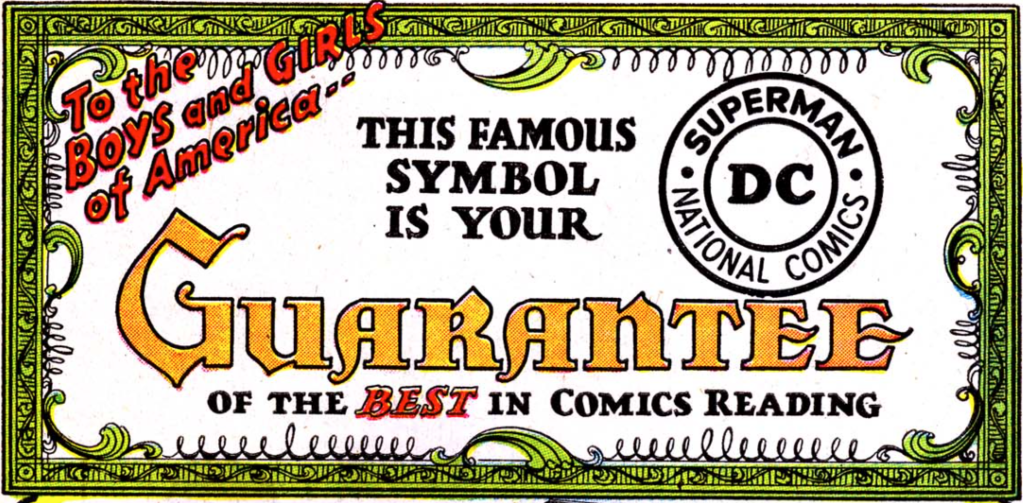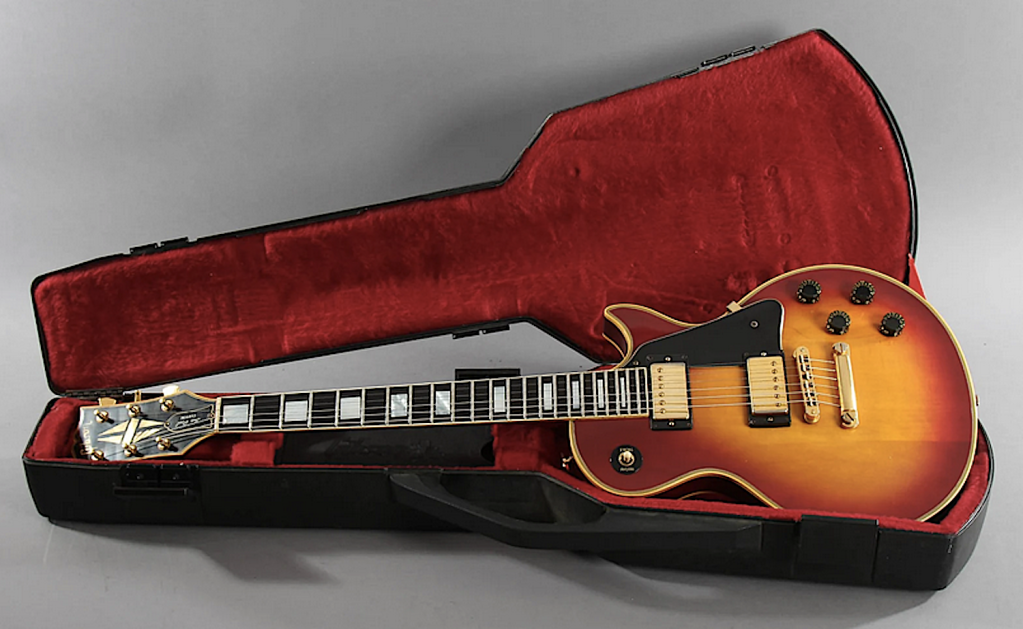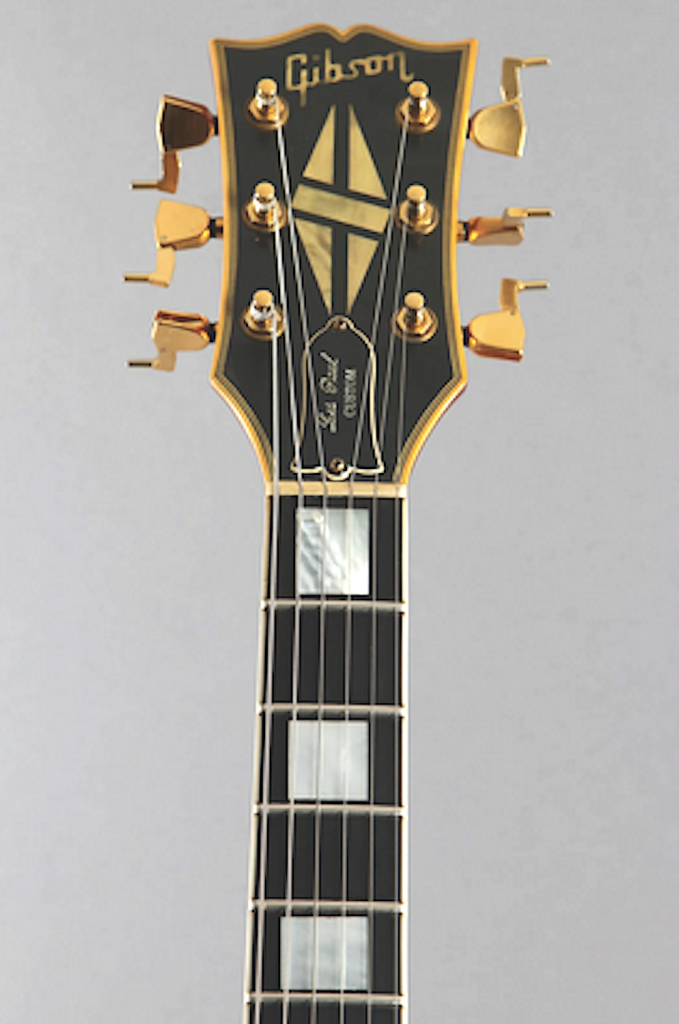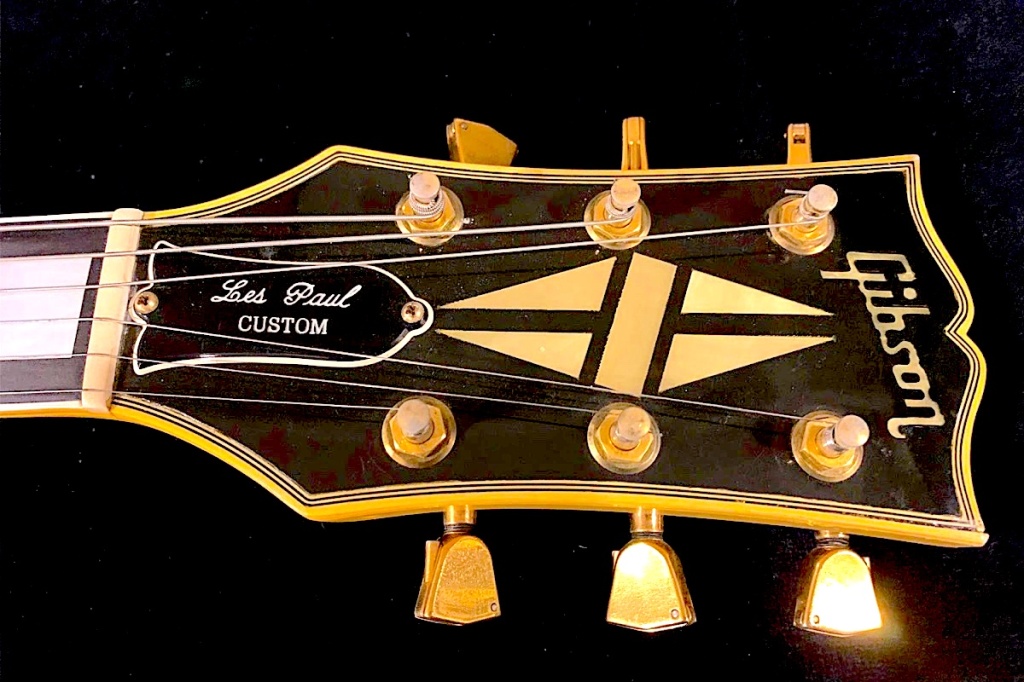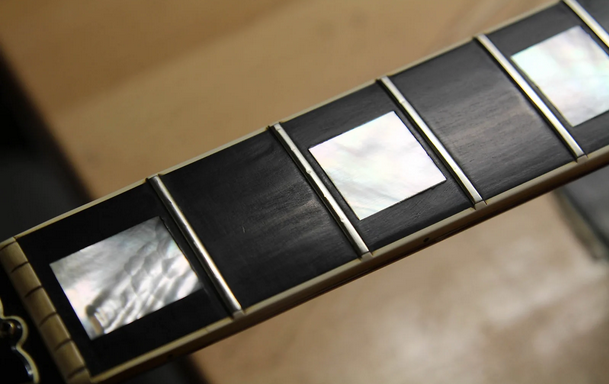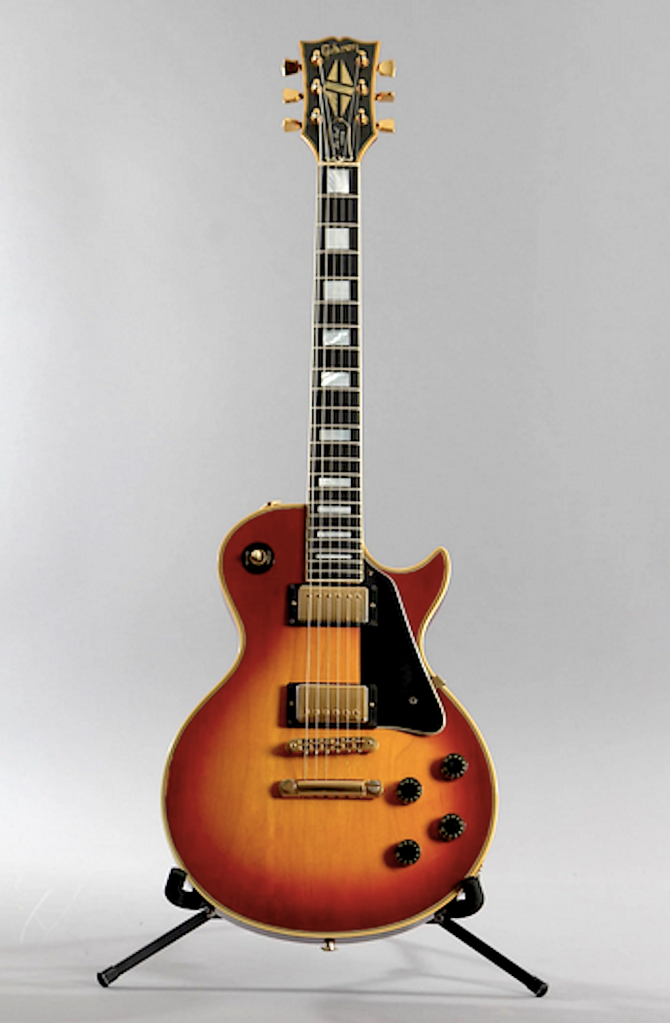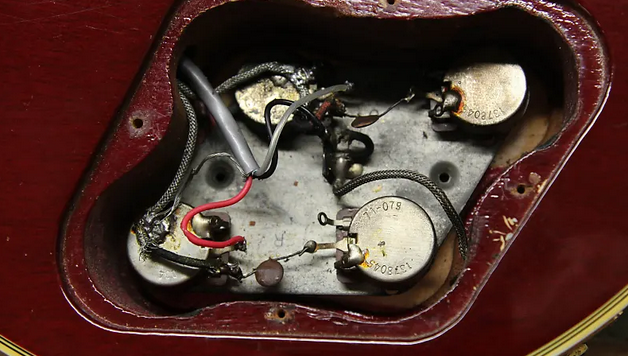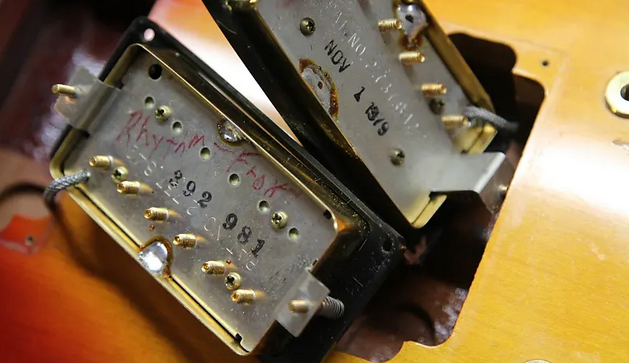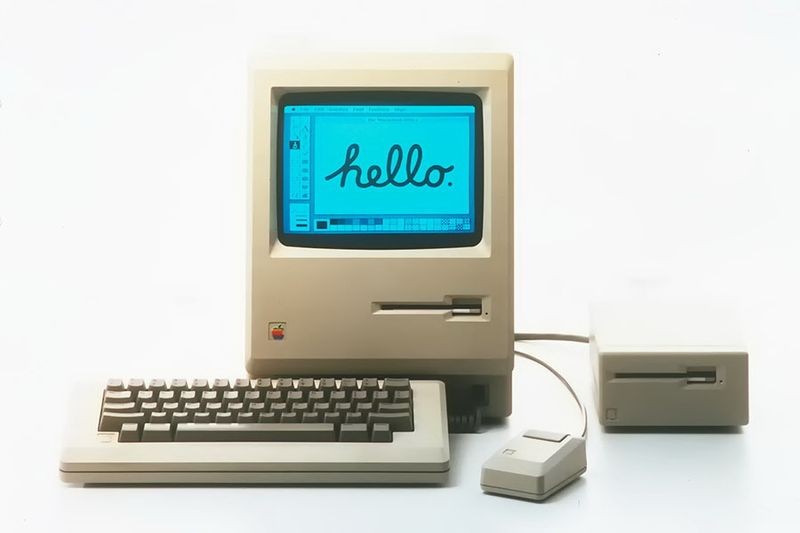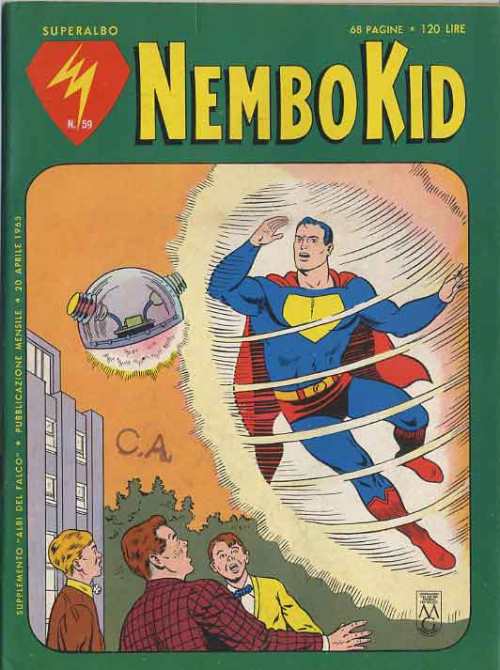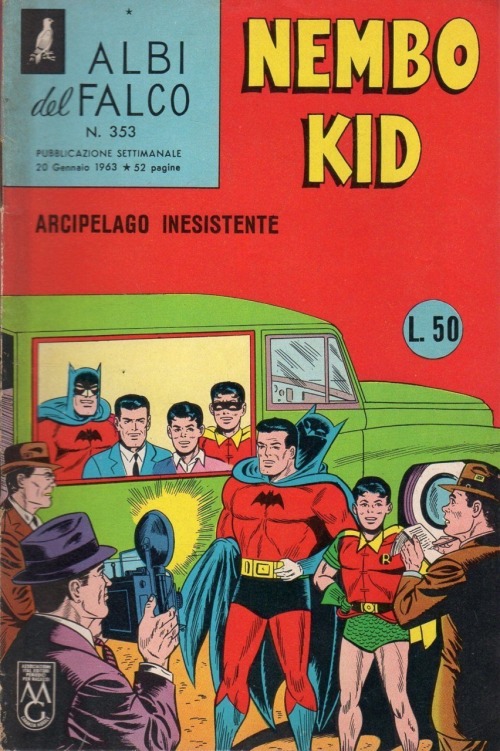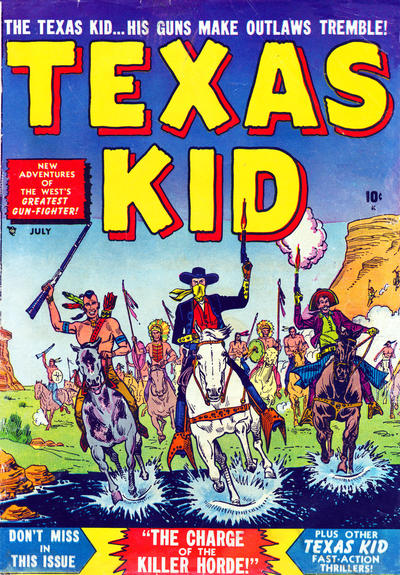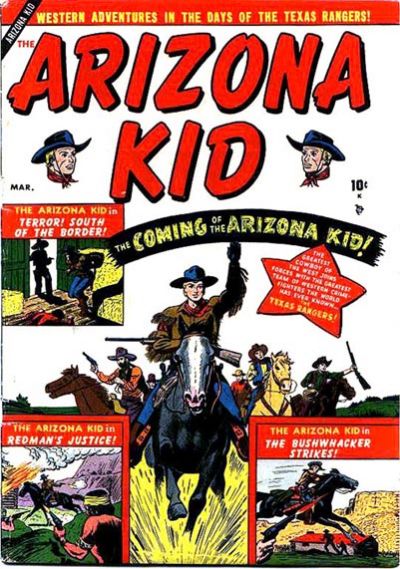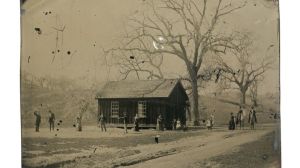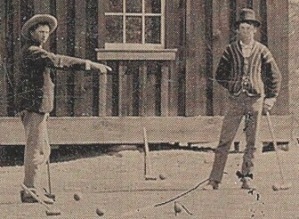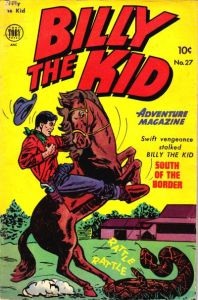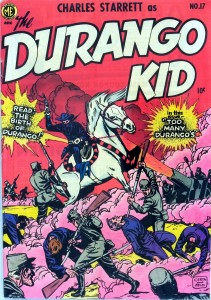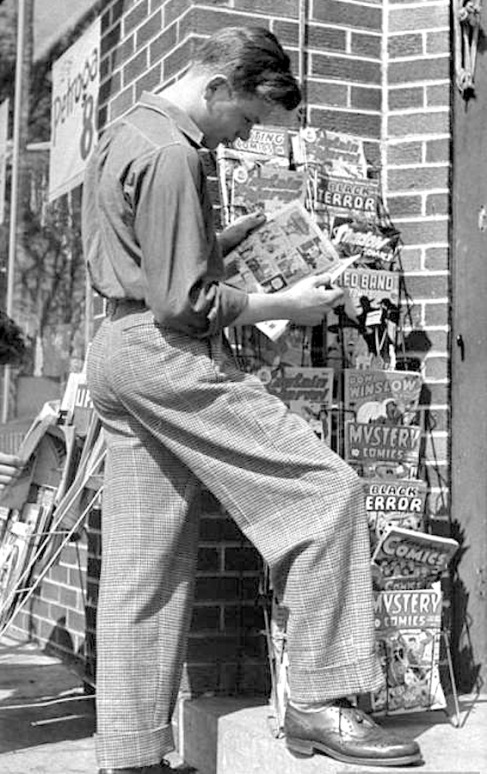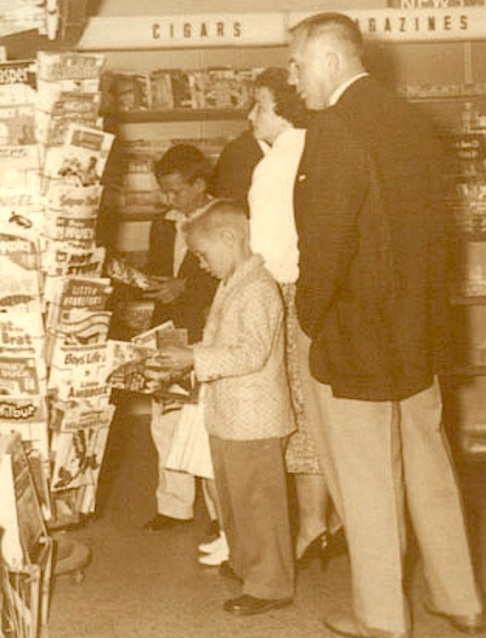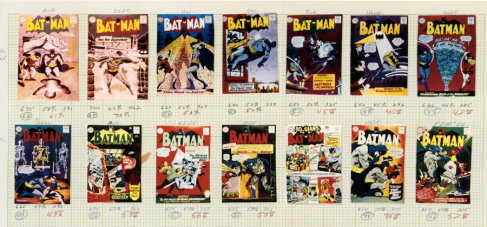Shipping a lovely fountain pen hand-crafted with care by a few skilled English artisans back to the factory became an expensive lesson!
How could that happen?
As much as I hate to admit it, I should have looked into the process of shipping something overseas from the US. You can perhaps benefit from my ignorance, and it won’t cost you a dime!
Follow this story here!
Background: This lovely Yard-O-Led pen is a 2001 Viceroy Standard lined fountain pen with a #5 medium nib. Absolutely gorgeous pen! I purchased it used and it just didn’t write as well as it should. It was a hard-starter and railroaded, which means it sometimes made a parallel double line of ink when pressure was applied during writing. I decided to send it back to Yard-O-Led in England to have the pen inspected and a broad nib installed.

If you are unfamiliar with YOL pens, they are crafted with astonishing care by a small operation in Birmingham, England. Made of solid and hallmarked sterling silver, the looks, balance, and obvious craftsmanship of these pens are second to none. I have many wonderful fountain pens, some of which exceed the Yard-O-Leds in price, but nothing comes close to how nice these pens look and feel in the hand.
The nibs are solid gold, plated with nickel, so the nib color matches the rest of the pen. Nice!
Yard-O-Led fountain pens can use either a international ink cartridge or the provided ink converter. The cap is not threaded, but closed with a satisfying click when slipped on. I like that a lot!
First update! The shipping from the US to Birmingham, England, was PRICEY! Even using the cheapest rate offered by UPS, my chosen carrier, the shipping was $135.
I insured the pen for $1,300, and that was probably a mistake. Even though the pen was just being sent to Yard-O-Led for repair, my package was hung up in UK Customs. I had to create an invoice for the package. Then, I was charged by UK Customs $400. YIKES!
Of course, all this took a week of back and forth.
I must say the folks at Yard-O-Led were as helpful as they could be. Once the pen was finally in their hands, I was emailed an extremely detailed list of what was wrong with the nib and feeding mechanism, exactly what needed repair or replacement, and, because of my out-of-pocket costs, YOL very kindly waived my repair fee and the return shipping.
They did not have to do that.
Neither the high shipping cost nor the UK Customs fee was going into their pocket.
The Yard-O-Led staff I emailed with could not have been more helpful and kind. And, though I hate to admit it, I was cranky at this whole situation. So the YOL staff maintained a totally professional attitude while dealing with an upset client who clearly didn’t understand how to ship something overseas in a cost-effective way.
Should I have guessed what would happen with my shipment to YOL? Probably, but I have not shipped to the UK before, and was unfamiliar with the process.
The YOL staff said my repairs, including a week of testing the pen, should be completed and the pen shipped to me the week of Labor Day!
Please check in a few days and I’ll give a review of the pen and how it writes with its new broad nib.
The return of my Yard-O-Led pen!
Wow! My pen came back a couple of weeks ago. Many things prevented me from writing this, and I apologize for that. I could not be happier. First, some photos:





The new nib—broad, this time—rocks! Of course it’s smooth, but it seems to use any ink with no problems and I just love the line width. The line it produces might be a tad thinner than some other broad nibs I have from other makers, but it’s just perfect for me. Starts perfectly, no railroading, and perfect in terms of wetness. Yes!
I’ve used several inks so far, and have settled—for now, at least—on Rohrer & Klingner Verdigris, which I’d describe as a dark blue-green/black. I love it. I got mine from Brian Goulet of Goulet Pens in a sample assortment, and immediately bought a bottle. Great ink and perfect for this pen.
Perhaps I have far too many luxury pens, but this one takes the cake and the others are, sadly, being ignored. This Yard-O-Led is my daily writer now and I can’t imagine that changing. Here’s why:
I told you how well it writes. Beyond that, there is a serene elegance that no other pen I have can approach. Look at the photos of either end of the pen. Classic design and proportions. I find myself just gazing at this thing. It soothes me. Just so perfect!
Another quality of my Yard-O-Led is the oddly satisfying click it makes when you replace the cap. I much prefer a non-threaded cap for some reason, and have few: a wonderful 1990s ST Dupont Fidelio, a 1960s Montblanc 14 (broad italic nib!), my Parker 51s and 75s, but none have this distinct quality when being closed. I guess my Parker 75s come closest to this feel and sound, and perhaps it’s because they, too, are sterling silver. This pen posts perfectly, by the way.
Finally, a huge thanks to Alex Roden, Yard-O-Led’s workshop manager, and Sandra Floyd for the unmatched service they provided for me. Their pride in their product and their commitment to quality are a benefit to Yard-O-Led, and to us—the happy Yard-O-Led owners!
